Hollywood Cavalcade
Brief Synopsis
Cast & Crew
Irving Cummings
Alice Faye
Don Ameche
J. Edward Bromberg
Alan Curtis
Stuart Erwin
Film Details
Technical Specs

Synopsis
In 1913, at the infancy of the film industry, erstwhile studio prop boy Michael Linnett Connors sees understudy Molly Adair perform on Broadway and, convinced that she is star material, persuades her to sign a personal contract with him. Next, Mike induces the president of Globe Pictures, Lyle P. Stout, to give him a chance to direct Molly in her first picture. Mike's lively imagination and tireless energy propels Molly from the queen of the "pie-in-the face" Keystone Cops to leading lady, and with Dave Spingold as his producer partner, Mike rises to become the head of his own studio. Molly falls in love with Mike but, believing that he is only interested in making pictures, marries her leading man, Nicky Hayden. Upon learning of the marriage, Mike, who is in love with Molly, feels betrayed and tears up the newlyweds' contract. As their stars continue to rise, his falls until he is down and out. Thanks to Dave and Molly, however, Mike gets a chance to come back, directing Molly's new picture. With only one reel left to be shot, Nicky is killed and Molly seriously injured in a car crash,and the film's financial backer, Mr. Roberts, orders Mike to finish the picture with a double. Believing that Robert's suggestion would ruin the picture and Molly's career, Mike refuses and steals the unfinished negative until he can persuade Molly to come back to the set. After the success of the first "talkie," The Jazz Singer , Mike convinces Roberts to finish the picture in sound. Mike's enthusiasm renews Molly's will to live, and after the picture's success as a "talkie," the producing team of Mike, Molly and Dave marvel at the progress of Hollywood.

Director
Irving Cummings
Cast

Alice Faye

Don Ameche

J. Edward Bromberg
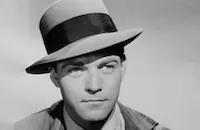
Alan Curtis

Stuart Erwin
Jed Prouty

Buster Keaton
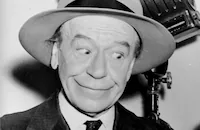
Donald Meek

George Givot

Eddie Collins
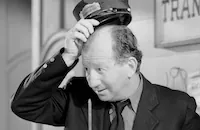
Hank Mann
Heinie Conklin
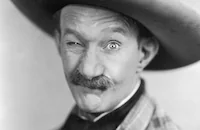
James Finlayson
Chick Chandler
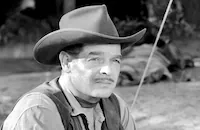
Robert Lowery

Russell Hicks
Ben Welden
Willie Fung
Paul Stanton
Mary Forbes

Mack Sennett

Joseph Crehan

Irving Bacon
Ben Turpin

Chester Conklin
Marjorie Beebe
Frederick Burton
Lee Duncan

Rin Tin Tin Jr.

Al Jolson
Fred Toones
Harold Goodwin
Victor Potel
Edward Earle
John Ince
Franklyn Farnum
J. Anthony Hughes
Lynn Bari
Francis Sayles
Ray Cooke
Fay Helm Nurse
Forbes Murray
Dorothy Dearing
Iva Stewart
Marshall Ruth
Herbert Ashley
Billy Wayne
Harry Tyler
Arthur Rankin
Georgia Caine
Snub Pollard
Jack Cooper
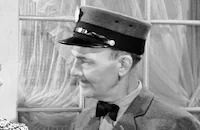
Johnnie Butler
Alex Pollard
Dave Morris
Arno Frey
Paul Mcvey
Eddie Dunn
Crew
Lou Breslow
Harry Joe Brown
Allen M. Davey
Richard Day
James Edward Grant
Eugene Grossman
Roger Heman
Herschel
Brown Holmes
Wiard B. Ihnen
Henri Jaffa
Natalie Kalmus
Thomas Little
Hilary Lynn
Ernest Palmer
Ernest Pascal
Ad Schaumer
Mack Sennett
Louis Silvers
Mal St. Clair
Walter Thompson
Darryl F. Zanuck

Film Details
Technical Specs

Quotes
Trivia
This was the first film which combined black-and-white and color film stocks.
Notes
The working title of this film was Falling Stars. According to materials contained in the Fox Story Files at the UCLA Library, treatments for the film were first presented in October 1938, but Buster Keaton was not included in the script until April 26, 1939. Life notes that this picture, presented to coincide with the American screen's fiftieth anniversary celebration, was Hollywood's first large-scale attempt to dramatize its own history. The cast was filled with silent film stars. Hank Mann, Heinie Conklin and James Finlayson were members of Sennett's troupe. Program notes contained in the production files at the AMPAS Library claim that this was the first time that black and white and color film stocks were combined in one picture. The Keystone Cops sequence was shot in black and white and the rest of the film was in color. According to news item in Hollywood Reporter, the train sequences were shot by Mal St. Clair at Muroc Dry Lake, CA. The film was budgeted at $2,000,000. Another news item in Hollywood Reporter adds that the gross receipts from the premiere went to the Motion Picture Relief Fund.












